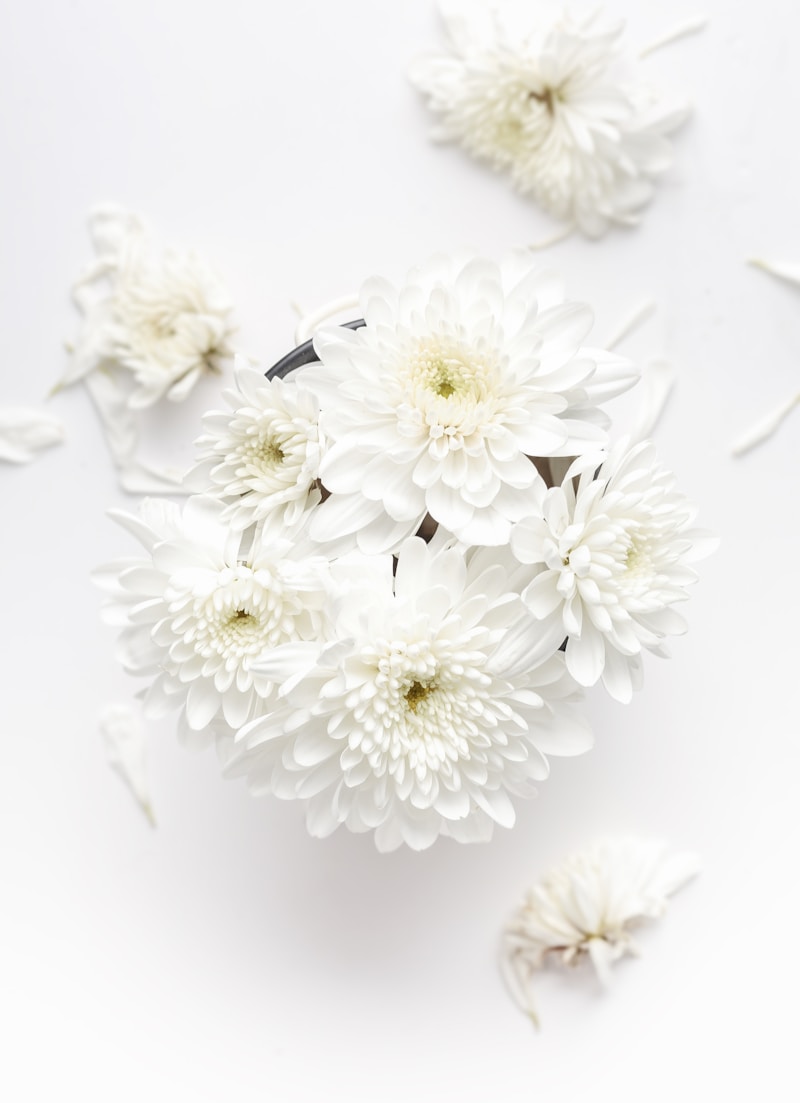Traditional vs. Modern Floral Styles: A Comprehensive Guide
Floral arrangements are an essential aspect of various celebrations, events, and everyday décor. The two dominant styles in floral design, traditional and modern, each hold unique characteristics that appeal to different tastes and preferences. In this article, we will delve into the intricacies of Traditional vs. Modern Floral Styles, exploring the key differences, their historical contexts, and what occasions suit each style best.
Understanding Traditional Floral Styles
Traditional floral styles are often rooted in rich history and cultural significance. These arrangements tend to feature classic flowers and symmetrical designs that evoke a sense of nostalgia and timeless beauty. Here are some common characteristics of traditional floral styles:
- Symmetry: Traditional arrangements often emphasize balance with flowers arranged in a symmetrical fashion.
- Classic Flowers: Popular flowers in traditional arrangements include roses, peonies, lilies, and daisies.
- Color Palette: Traditional floral designs usually use softer, muted colors, often pastel shades or classic white.
- Focal Point: These arrangements often have a clear focal point, whether it's a single large bloom or a cluster of a specific type of flower.
Historical Context
The origins of traditional floral styles can be traced back to different cultures and time periods. In Western floral design, for example, Victorian-era arrangements frequently showcased intricate detailing and a plethora of flower varieties. Similarly, Asian cultures have long embraced traditional floral design in ceremonies and festivals, with Japanese Ikebana emphasizing harmony, balance, and simplicity.
Embracing Modern Floral Styles
In stark contrast to traditional styles, modern floral arrangements often exude a more free-spirited and contemporary vibe. They prioritize creativity, experimentation, and expressiveness over strict structures. Below are defining traits of modern floral styles:
- Asymmetry: Modern arrangements tend to be asymmetrical, allowing for more fluid, organic shapes.
- Unconventional Flowers: Florists may incorporate exotic or unusual flowers such as proteas, succulents, or wildflowers.
- Bright Colors: A bolder color palette is common in modern arrangements, focusing on vibrant hues and striking contrasts.
- Minimalism: Often characterized by a minimalist approach, modern designs can evoke a sense of simplicity while making a bold statement.
Historical Context
The rise of modern floral styles began in the late 20th century, coinciding with artistic movements that favored abstraction and expressionism. With influences from designers like Phiilip Treacy and events such as the Modernist movement in art and architecture, modern floral arrangements have gained popularity among younger generations looking for a unique touch.
Traditional vs. Modern: Key Differences
The distinction between traditional and modern floral styles can be summarized in the following table:
| Feature | Traditional Floral Styles | Modern Floral Styles |
| Design | Symmetrical | Asymmetrical |
| Flowers | Classic Flowers (Roses, Peonies) | Exotic/Unconventional Flowers (Succulents, Proteas) |
| Color Palette | Soft, Muted Colors | Bright, Bold Colors |
| Focus | Clear Focal Point | Overall Balance and Flow |
| Style Statement | Timeless Elegance | Contemporary Creativity |
Choosing the Right Floral Style for Your Occasion
When it comes to selecting the right floral style for an event, consider the overall theme and the emotions you wish to convey. Here are some suggestions:
- Weddings: Traditional floral styles often suit formal weddings, providing an air of elegance and romance. However, modern styles can be perfect for unconventional or outdoor weddings, reflecting creativity and individuality.
- Funerals: Traditional arrangements are generally preferred in funeral settings, expressing reverence and sorrow. Modern designs may also convey sympathy, but it's essential to consider the family's wishes.
- Corporate Events: Depending on the nature of the event, both styles can be appropriate. Traditional styles may work better for formal gatherings, while modern arrangements can energize informal settings.
- Home Décor: Choose a style that aligns with your personal aesthetic. Traditional floral arrangements may complement classic interiors, whereas modern designs could enhance contemporary spaces.
Tips for Creating Stunning Floral Arrangements
Whether you opt for traditional or modern floral styles, here are some tips to elevate your floral arrangement game:
- Choose Quality Flowers: Always select fresh, high-quality blooms. Consider visiting local farmers' markets or flower shops that prioritize freshness.
- Think About Texture: Mixing different flower types, with varying textures and shapes, can create a more dynamic and engaging arrangement.
- Use Appropriate Vases: The choice of vase can significantly impact the overall presentation. Traditional styles may benefit from ornate vases, while modern styles call for sleek, minimalist options.
- Consider Scale: Ensure your arrangement's scale corresponds with the space. Overly large arrangements can overwhelm a room, while petite displays may get lost in larger areas.
- Experiment: Don't be afraid to mix styles. Create a hybrid arrangement that reflects both traditional and modern influences, resulting in a fresh and unique take.
Conclusion
In conclusion, understanding the differences between traditional and modern floral styles can greatly enhance your ability to choose or create arrangements fitting for any occasion. While traditional styles provide timeless elegance and symmetry, modern styles offer creativity and a vibrant flair. Regardless of your choice, aim to express yourself authentically through flowers, and remember that the right floral arrangement can elevate any event or space.
As you embark on your floral journey, keep in mind the importance of selecting a style that resonates with your personal preferences and the context of the occasion. Embrace experimentation, and most importantly, enjoy the beauty that floral arrangements bring to our lives.
